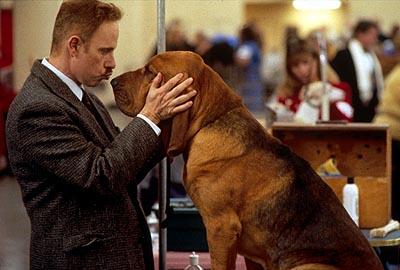
Image reproduced from Available Images
 |
| Photo
© 2000 Warner Bros. Pictures/Castle Rock Entertainment Image reproduced from Available Images |
| Golden Globe Nominations: | |
| Best Picture (Musical/Comedy) | |
| Other Awards: | |
| Boston Society of Film Critics: Best Supporting Actor (Willard) | |
| National Board of Review: Special Mention for Excellence in Filmmaking | |
| Permalink | Home | 2000 | ABC | Blog |